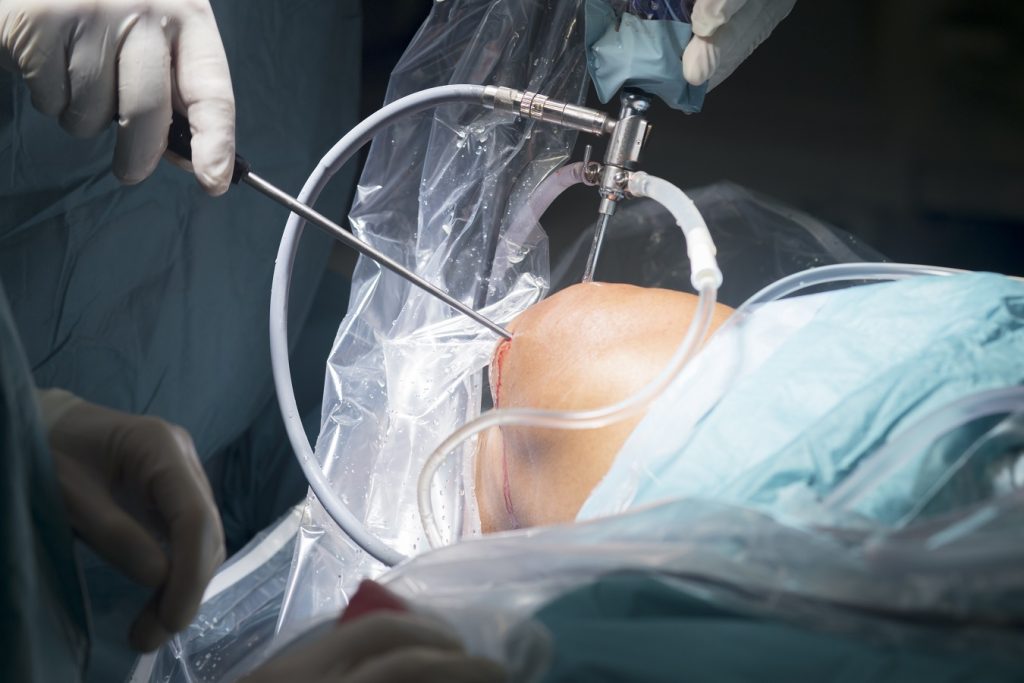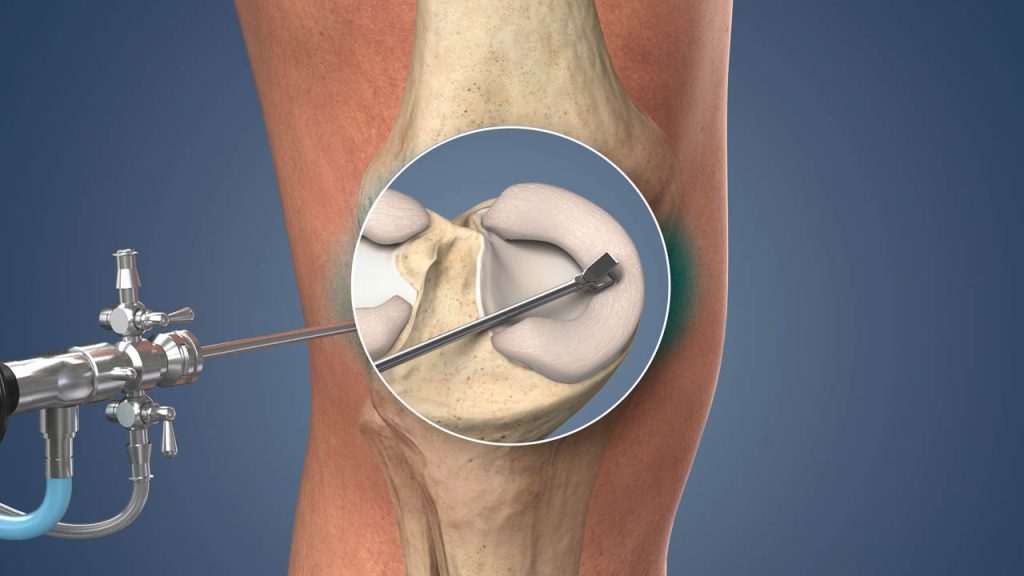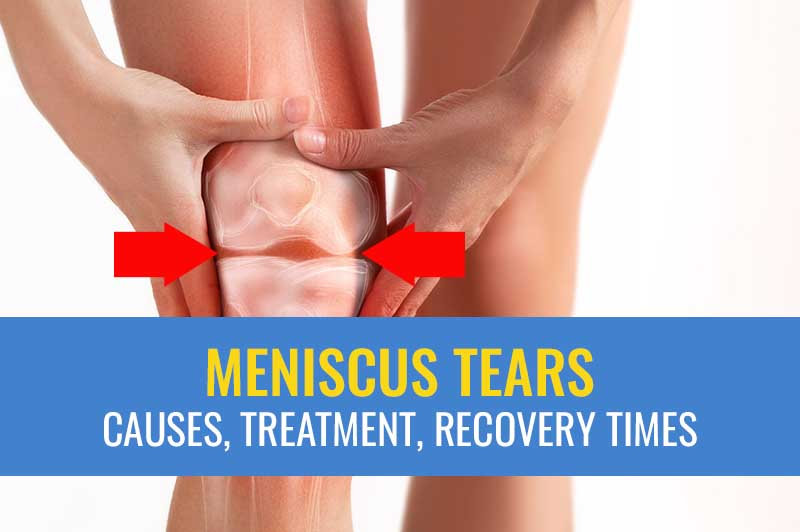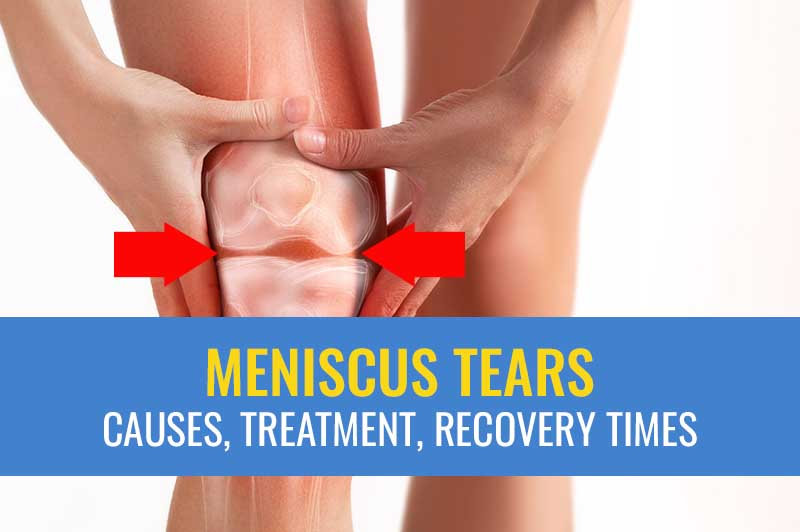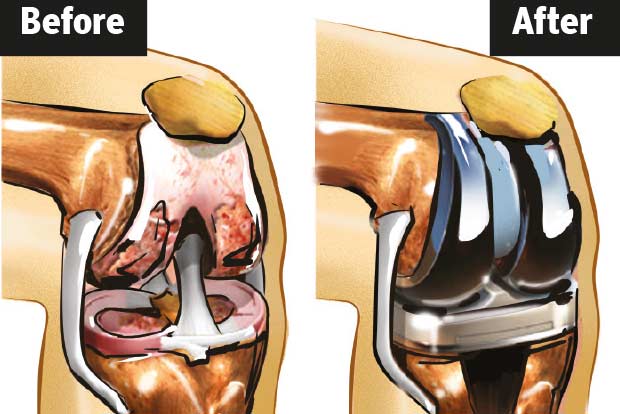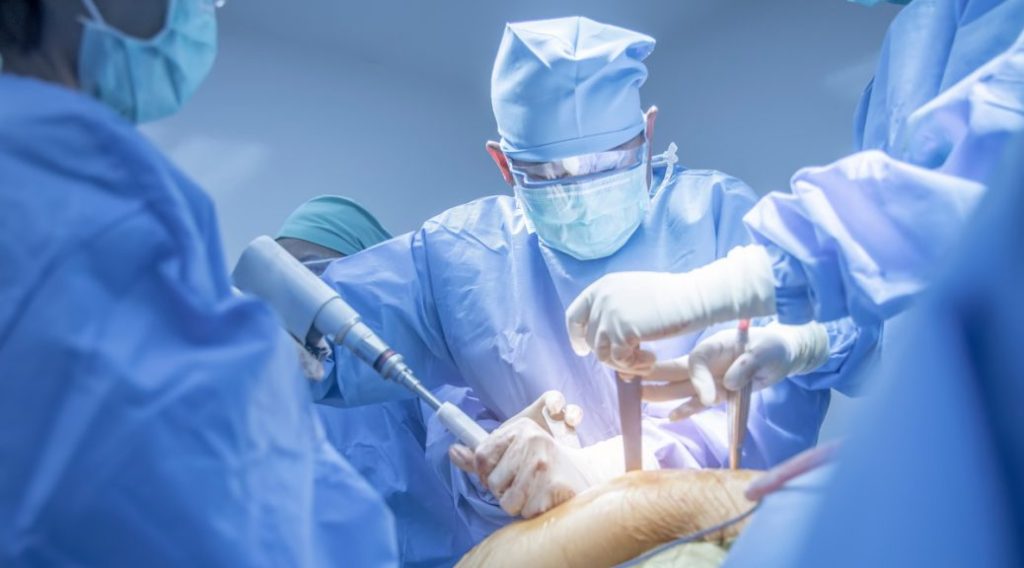The Best Knee Braces for Osteoarthritis: A Comprehensive Guide
The Best Knee Braces for Osteoarthritis can provide much-needed support and pain relief for those suffering from this condition. Understanding the different types of knee braces and how to choose the right one is crucial for effective management of osteoarthritis symptoms. What is Osteoarthritis? Osteoarthritis is a degenerative joint disease that occurs when the protective cartilage that cushions the ends of your bones wears down over time. This can lead to pain, stiffness, and swelling in the affected joint, commonly the knee. Importance of Knee Braces Knee braces can help manage the symptoms of osteoarthritis by providing support, reducing pain, and improving mobility. They can also help align the knee, redistribute weight, and provide stability during movement. Types of Knee Braces for Osteoarthritis There are several types of knee braces available, each designed to address specific needs and symptoms: Sleeve Braces Sleeve braces are the most common type of knee brace for mild to moderate pain. They provide compression, which can reduce swelling and provide support. These braces are often made of neoprene and are easy to wear. Hinged Braces Hinged braces offer more support than sleeve braces and are ideal for individuals with moderate to severe osteoarthritis. They have metal hinges on the sides to provide stability and control movement. Unloader Braces Unloader braces are designed to shift weight away from the affected part of the knee, reducing pain and improving function. They are typically used for more severe cases of osteoarthritis. Custom-Fit Braces Custom-fit braces are made specifically for the individual’s knee and provide the best fit and support. These braces are usually recommended for severe cases or when other braces have not provided sufficient relief. Choosing the Right Knee Brace When choosing a knee brace for osteoarthritis, consider the following factors: For more tips on managing chronic knee pain, explore advanced chronic knee pain management. Recovery and Rehabilitation Using a knee brace can help improve your quality of life by reducing pain and improving mobility. However, it’s important to follow a comprehensive rehabilitation program that includes physical therapy and exercises to strengthen the muscles around the knee. Connect with Us Follow us on social media for the latest updates: Contact Information Name: Dr. Vatsal Khetan Address: SK Pandey Complex, Betiahata Rd, beside Union Bank, Betiahata, Gorakhpur, Uttar Pradesh 273001 Phone: +91-9662 365 917
The Best Knee Braces for Osteoarthritis: A Comprehensive Guide Read More »


